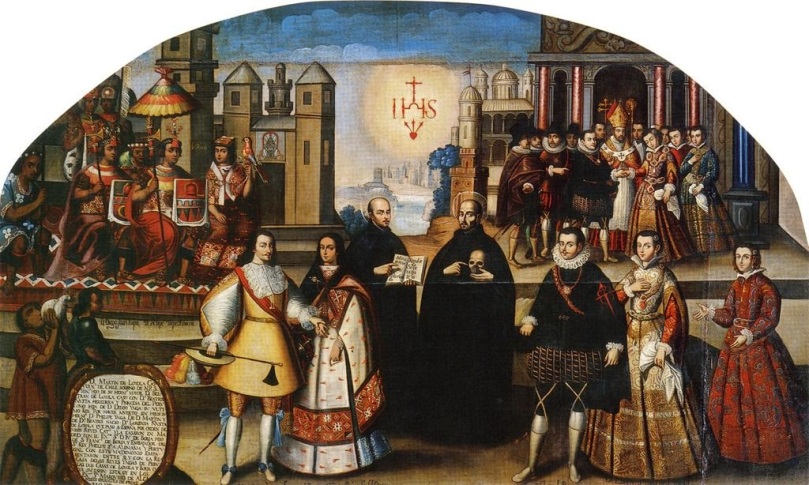The three primary sources that I have selected for my third essay in Humanities Core center around the idea of cultural prominence withstanding conquest. The main message that I have been formulating throughout O’Toole’s lectures has been that Incan culture did not simply disappear during and after the Spanish conquest. In fact, what I found intriguing was how the Incas actually took cultural advantage over the Spanish during their assimilation into what resulted to be a mixed culture of Andean and Spanish tradition. The Incan empire is living proof that conquered cultures remain alive, whether through traditions passed down, traditions continuously practiced under new rule, or traditions that provide a mutual benefit between both cultures, and are thus used to both peoples’ advantage. These primary sources that I have chosen shine light on these ideas, while simultaneously stimulating further questions with their vast amount of information displayed.

Choosing a source related to the textile culture of the Incas felt essential to me, as I have come to understand the importance of textile weaving and its contribution to both Incan and Spanish culture. This source, Unku with Heraldry (1600-1700), demonstrates how the importance of textiles had persisted throughout conquest, and had even influenced the idea of nobility within Spanish culture. As the Spanish allowed Incan nobility to persist (as the conquered Incas had only listened to their people they had been following for centuries), the Inca brilliantly incorporated forms of Spanish nobility, such as the color of purple symbolizing Spanish royalty in this primary source. This can either be interpreted as the Spanish culture simply influencing Incan culture (this being a weakness), or it can be interpreted as the Inca taking advantage of Spanish generosity, allowing them to keep positions of nobility. Perhaps one could say the Inca even capitalized upon this opportunity, allowing themselves to climb higher in the ranks of the Spanish colonies.

The two other sources that I have chosen further support the idea that the Inca still held positions of high nobility within the Spanish colony, thus allowing their culture to establish a continuing prominence although being a conquered culture. My second source, Alonso Chiguan Inga, portrays a Peruvian man wearing his coat of arms- the distinctive heraldic bearing of a family or culture often seen in Spain during this time period. In being Peruvian, this image further demonstrates the influence of Incan nobility within these Spanish colonies, as displayed by his mascapaycha (the red fringe that Incans of high status wore), the textile-like designs on his coat, as well as the symbols portrayed on his shield. One of the biggest strengths I found within this image is portrayed on his shield- the presence of the serpents, the Amaru. As O’Toole had said, these snakes represented the cunning resurgence of the Incan empire, emerging and striking a position within the Spanish colonies. My third source, Marriage of Don Martín de Loyola to Doña Beatriz Ñusta, also supports the idea of Incan prominence within the Spanish colonies, and their ability to capitalize and be recognized upon their opportunities of nobility. However, both of these images also contain the ideas of religion within them, thus introducing a complexity within the morality of both of these culture’s actions. Upon writing my essay, I feel it would be a gamble to include these complexities, as it could result in a confused thesis. However if I explain these complexities right, with support from secondary sources, perhaps this could add a newfound strength in my claims.

And as for secondary sources, I felt it was quite versatile and easy. I realized that these secondary sources were nowhere near as complicated to find in relation to my primary sources, such as sources providing information on Incan/Spanish religions. These secondary sources can further my understanding of my primary sources, as well as provide clear support in clarifying the message of each image I have chosen.
